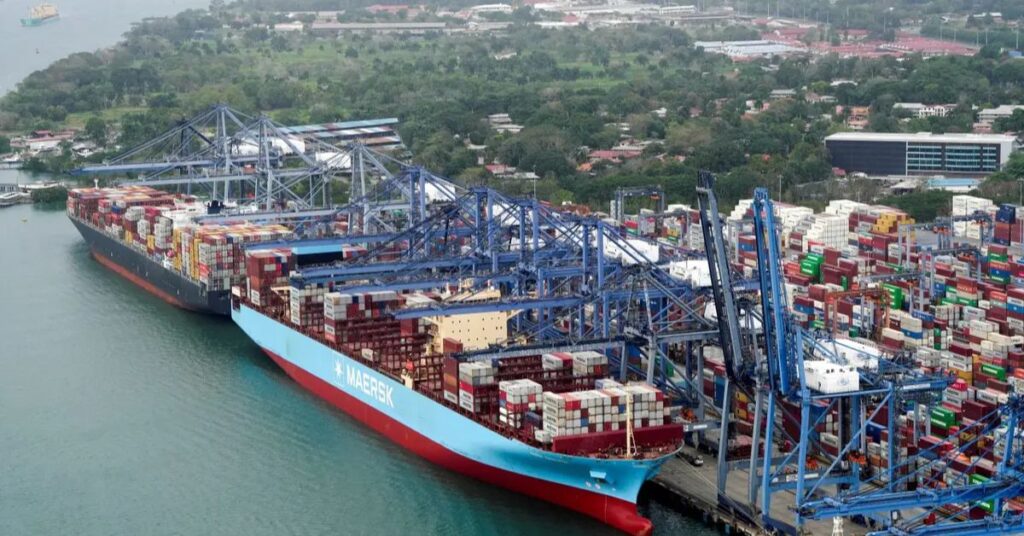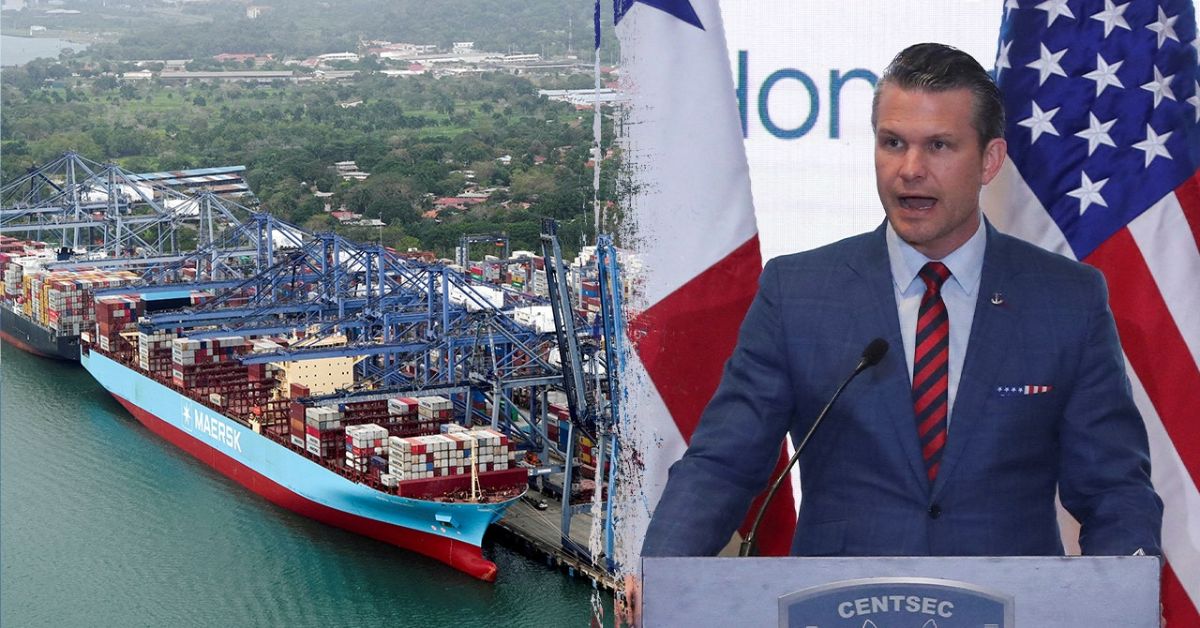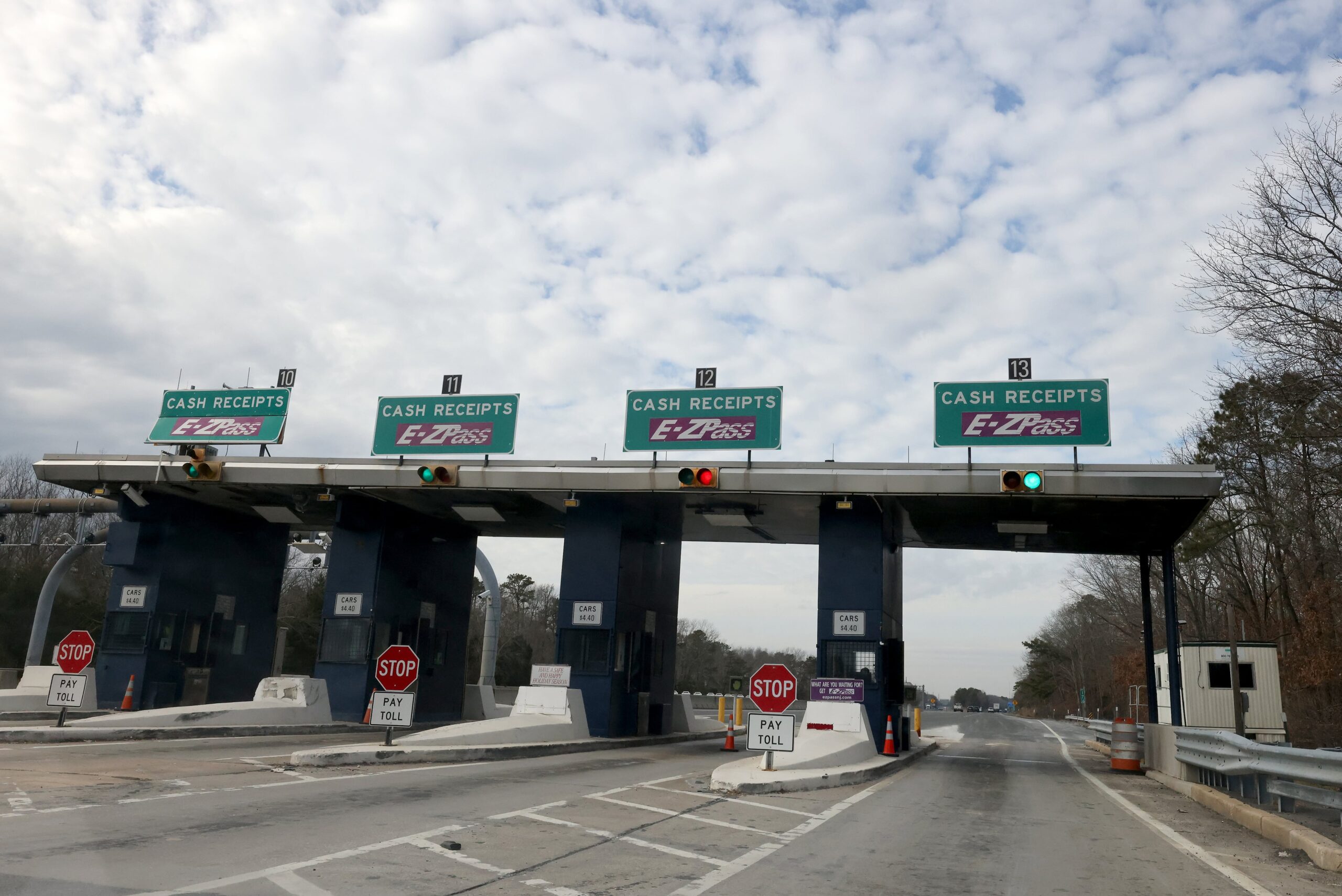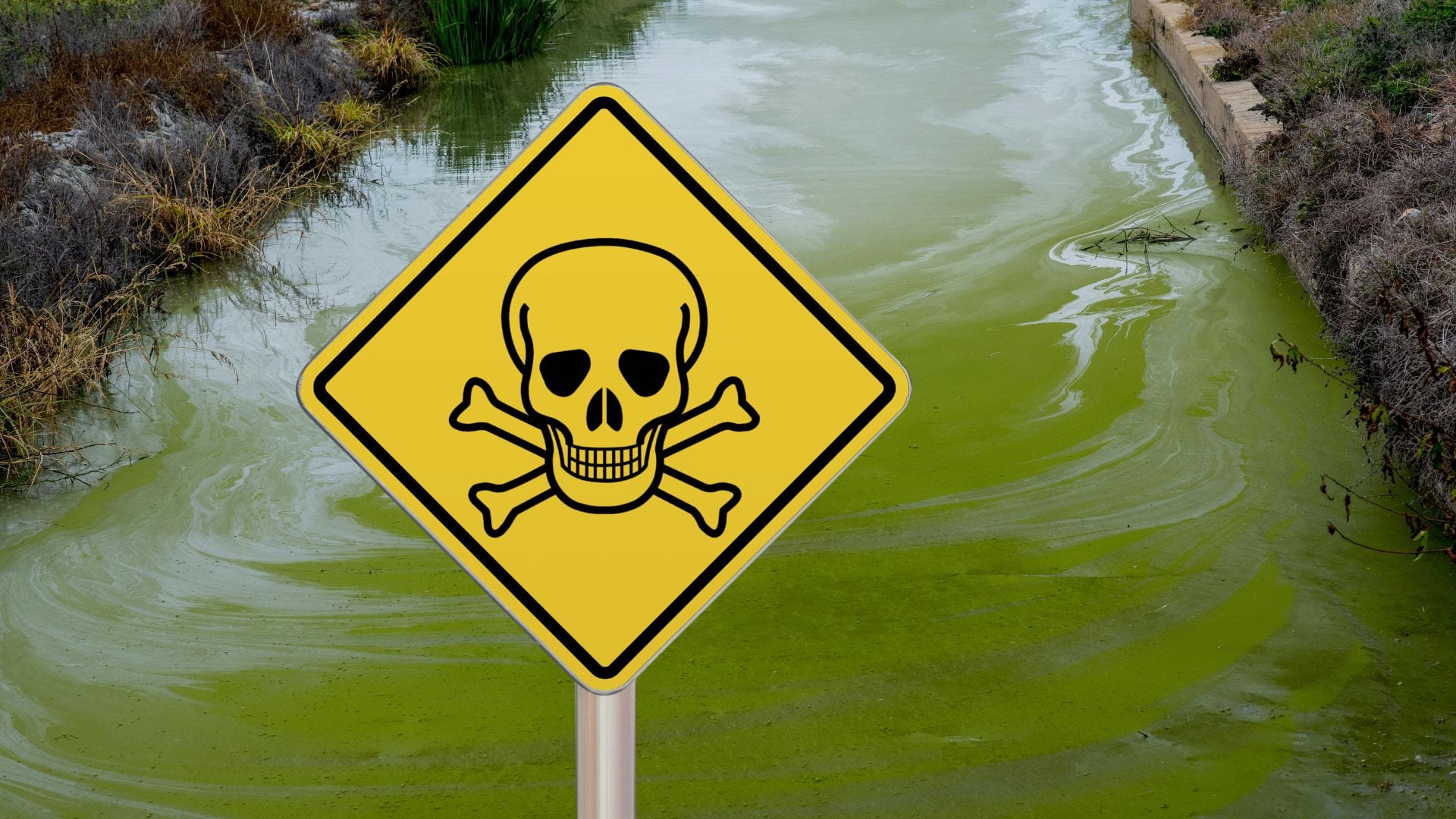In a significant development, U.S. Defense Secretary Pete Hegseth announced Wednesday that the United States and Panama have agreed on a new framework that will allow U.S. warships to travel through the Panama Canal with priority access and without paying tolls. This landmark agreement, expected to be finalized soon, is seen as a move to strengthen the military and security cooperation between the two nations.
Hegseth revealed that the U.S. and Panama had already signed a memorandum of understanding on security cooperation, which laid the groundwork for the more comprehensive agreement on military access to the canal. Once fully implemented, the deal will guarantee that U.S. warships and auxiliary vessels receive toll-free passage through the vital waterway, allowing them to move through the canal as “first and free.”
The announcement follows a visit earlier this year by U.S. Secretary of State Marco Rubio to Panama, where the U.S. had initially claimed to have secured a deal for the free passage of American warships. However, Panamanian President José Raúl Mulino rejected these claims, stating that no such agreement had been made. The Panama Canal Authority also refuted the idea, saying that it had not altered its fee structure.
Despite this earlier confusion, Hegseth’s confirmation of the deal on Wednesday made it clear that both countries had now finalized the agreement. The agreement allows U.S. warships to travel with priority through the canal, a key strategic waterway connecting the Atlantic and Pacific Oceans. The deal is being hailed as a significant step in reasserting U.S. influence over the canal, especially in light of growing concerns over China’s military presence in the region.
A Growing Chinese Presence in the Western Hemisphere
During his visit to Panama, Hegseth expressed concern over China’s increasing military footprint in the Western Hemisphere. He stated that Beijing had made substantial investments in the region, both for military advantage and economic gain. Hegseth warned that China’s military presence was “too large” and noted that the country operates military facilities and ground stations that extend their reach into space.
Furthermore, Hegseth highlighted China’s exploitation of natural resources in the region, accusing Chinese fishing fleets of depleting resources and stealing food from local nations. He was clear that the U.S. did not seek war with China but emphasized the need to “robustly and vigorously deter” China’s growing influence in the region.
In response to these concerns, the U.S. will send the USNS Comfort, a Navy hospital ship, to Panama to strengthen military ties with the country and demonstrate the U.S. commitment to maintaining security in the region. Hegseth’s visit also included meetings with local officials and U.S. troops stationed in Panama, underscoring the importance of cooperation between the two nations.
The Panama Canal’s Strategic Importance
The Panama Canal has long been a critical asset for global trade, providing the fastest maritime link between the Atlantic and Pacific Oceans. The U.S. has historically maintained a significant presence in the region, not only due to the canal’s importance for trade but also for its strategic military significance.
However, in recent years, concerns have arisen about the influence of Chinese companies in the region. Hong Kong-based CK Hutchison has been involved in operating several ports in the area, including those near the Panama Canal. These concerns were further heightened after the company made a $19 billion deal to sell 43 ports, including two in Panama, to U.S.-based BlackRock.

Despite these efforts to reduce China’s influence, tensions continue. The Chinese embassy in Panama accuses the U.S. of waging a “sensationalistic campaign” to undermine Chinese-Panamanian cooperation. According to Chinese officials, these efforts are motivated by U.S. geopolitical interests rather than any real threat posed by China.
The Broader Implications of U.S.-Panama Cooperation
The agreement between the U.S. and Panama is seen as part of a broader effort by the United States to strengthen its military presence in the Western Hemisphere and ensure the security of the Panama Canal. As global power dynamics shift, particularly with the rise of China as an international competitor, the U.S. is focused on safeguarding key strategic interests, including the canal.
While tensions between the U.S. and China continue to escalate, particularly with the ongoing trade war, the U.S. is determined to maintain control over crucial international trade routes like the Panama Canal. As the U.S. and Panama finalize this new agreement, the cooperation between the two countries is likely to play a crucial role in ensuring stability in the region and protecting against potential military threats.
In conclusion, the deal for U.S. warships to travel “first and free” through the Panama Canal marks a significant milestone in U.S.-Panama relations and underscores the importance of maintaining strong military and economic ties in the face of growing geopolitical challenges. This agreement not only enhances security cooperation but also sends a clear message about the U.S. commitment to safeguarding its strategic interests in the region.
Disclaimer: This article has been meticulously fact-checked by our team to ensure accuracy and uphold transparency. We strive to deliver trustworthy and dependable content to our readers.








